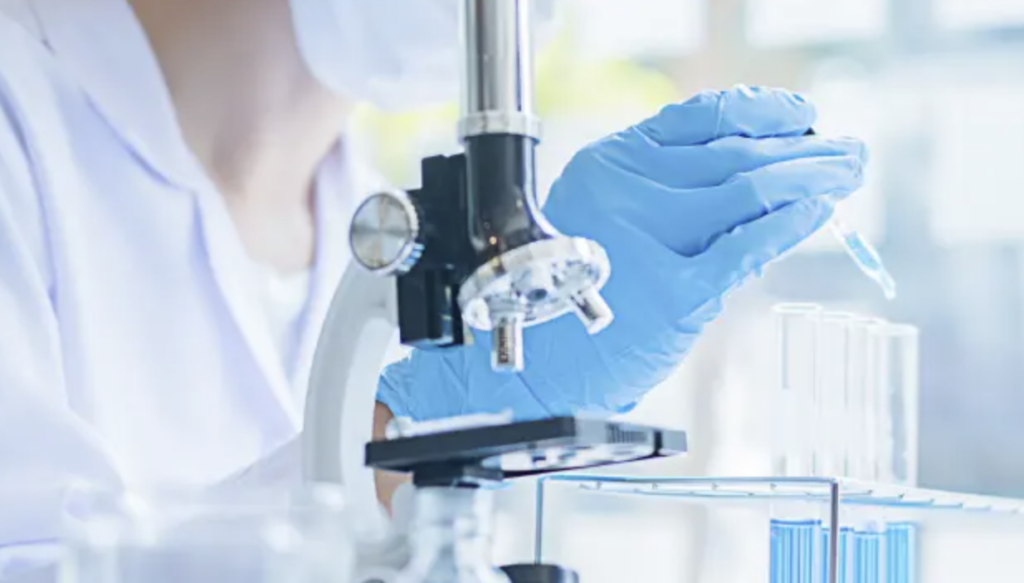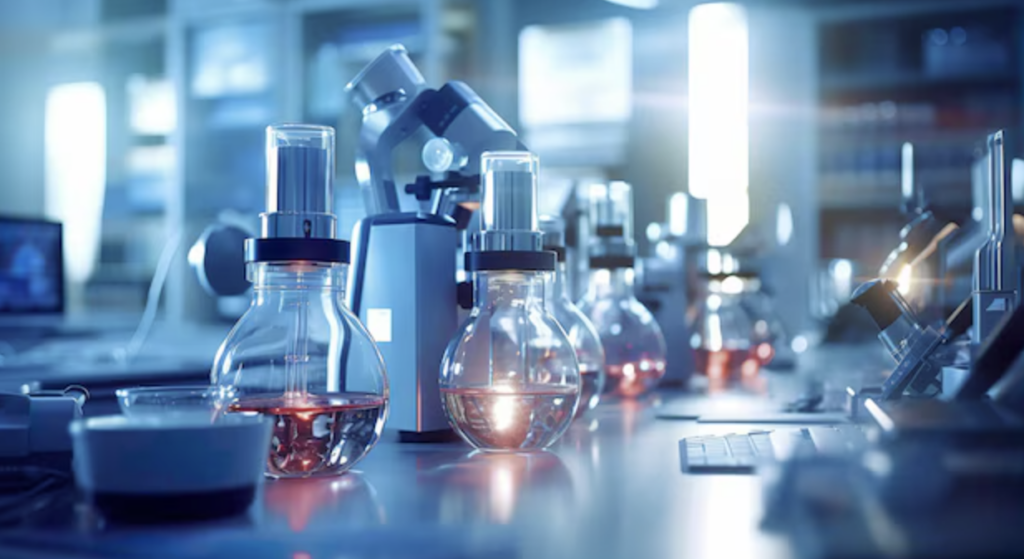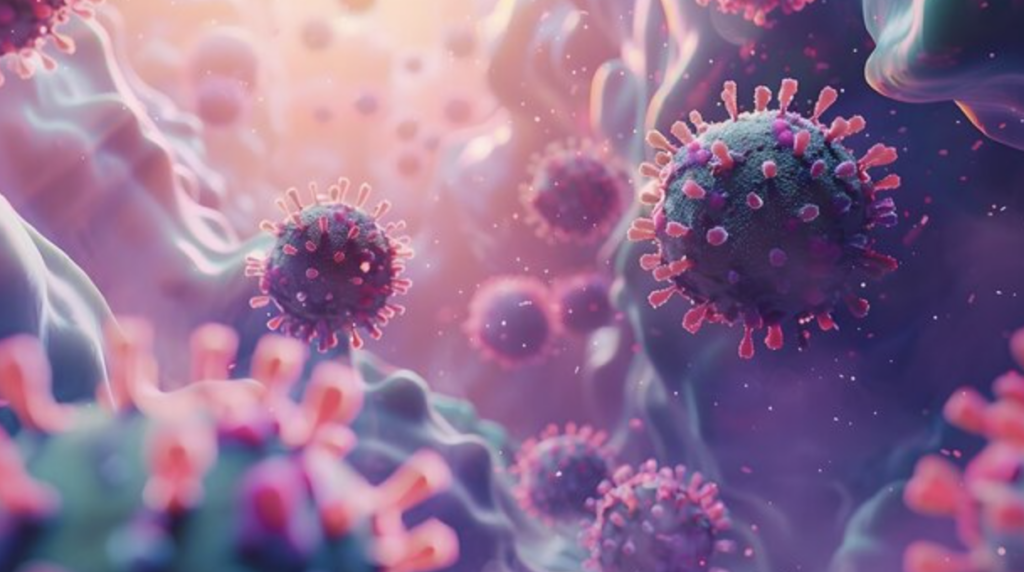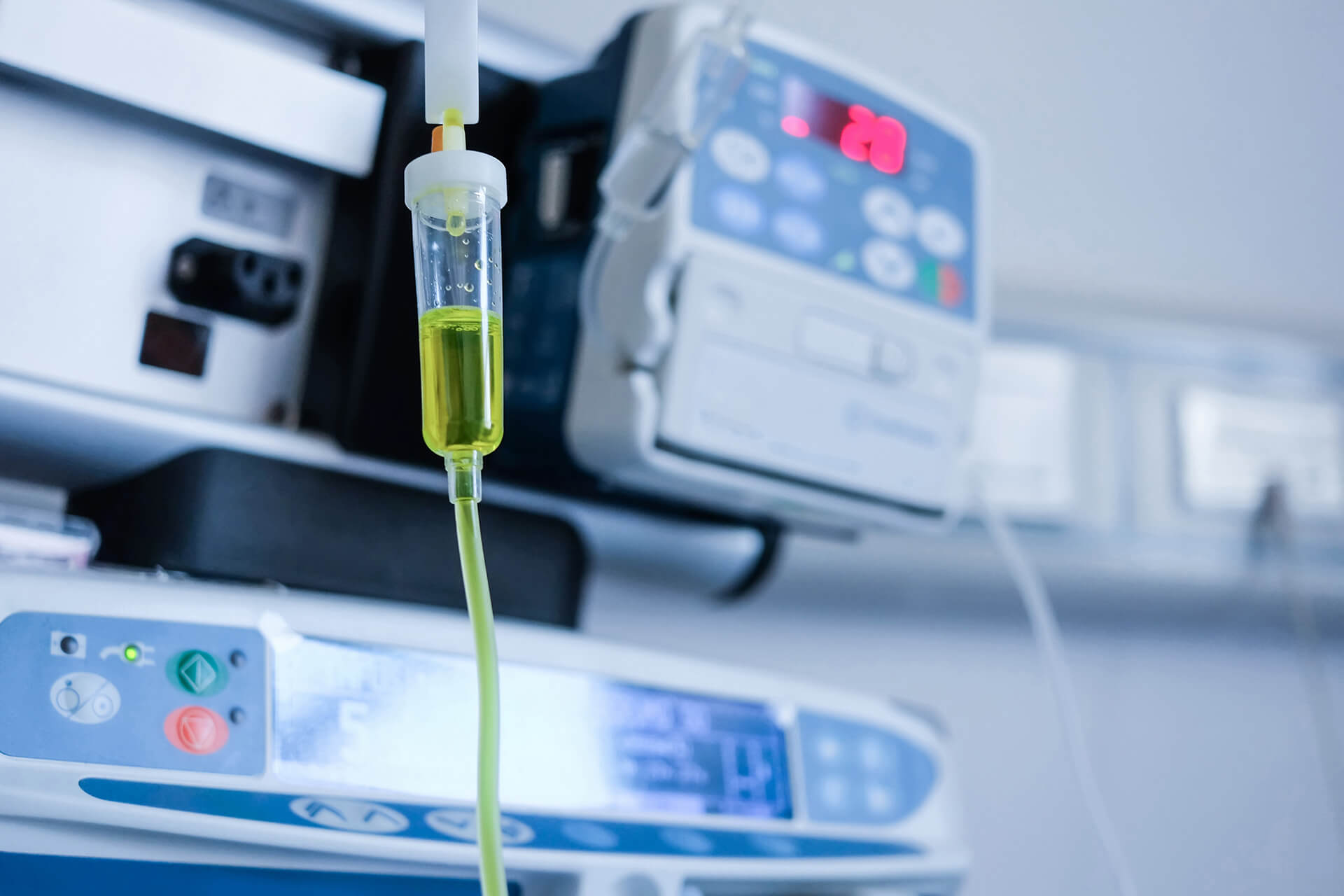Definition…What is microbial identification?
Microbial identification can be defined as “microbial characterization by a limited spectrum of tests pre-chosen and appropriate to the problem being studied”

Identification tests…Tests to identify microbes
Gram’s stain, accidentally discovered in 1884, is still one of the quickest and most accurate ways of microbial identification. Under a light microscope, bacteria are generally easily identifiable as positive or negative species
What are the identification tests in microbiology?
Bacteria are identified routinely by morphological and biochemical tests, supplemented as needed by specialized tests such as serotyping and antibiotic inhibition patterns. Newer molecular techniques permit species to be identified by their genetic sequences, sometimes directly from the clinical specimen.

What are the microbial tests?
Microbiological analysis of food products is the use of biological, biochemical, molecular or chemical methods for the detection, identification or enumeration of microorganisms in a material (e.g. food, drink, environmental or clinical sample). It is often applied to disease causing and spoilage microorganisms.

Why is microbial identification performed?
Microbial identification is performed based on the following:
- ISO 11137-2 states manufacturers should not only quantify the microorganism on or in a product, but also to undertake characterization of the bioburden and identify the different types that may be present
- Microbial identification assists in the control of cleanroom production areas through trending of background flora, in both quantity and type
- Microbial identification improves traceability in raw materials, production processes, and surfaces
- Based on the standard used, some products have objectionable organisms that are not acceptable and the microorganisms need to be identified to ensure this standard is met
- Microbial identification provides additional information for out-of-specification investigations that may arise in dose audits, sterility testing, bioburden testing, bacterial endotoxin testing (LAL), and biological indicator testing

What are the levels of identification provided through microbial identification?
The levels of identification provided through microbial identification consist of:
- Type of microorganism (bacteria, yeast, mold)
- Genus (broad family name), such as Staphylococcus
- Species level (identification within that family) such as Staphylococcus Aureus
- Strains of same microorganism, such as Staphylococcus Aureus ATCC 12600

What are the different microbial identification methods?
The different microbial identification methods consist of:
- Morphology (shape, color, hairy/furry, etc.)
- Gram strain – gram positive or gram negative
- Gram negative are water born, have more diseases, and are endotoxin producing
- Absence testing
- Product is free from a particular microorganism
- APIs – genus level and uncertain species level ID
- Colormetric (subjective – dependent on analyst)
- Time consuming







